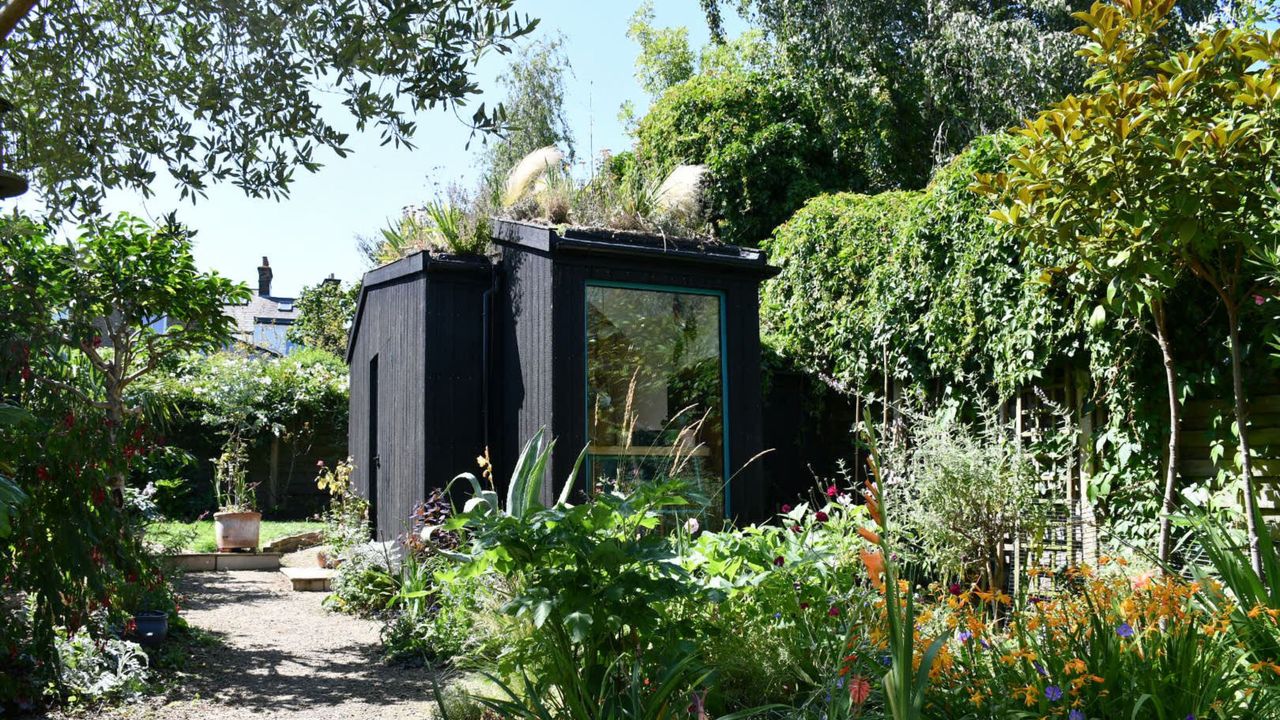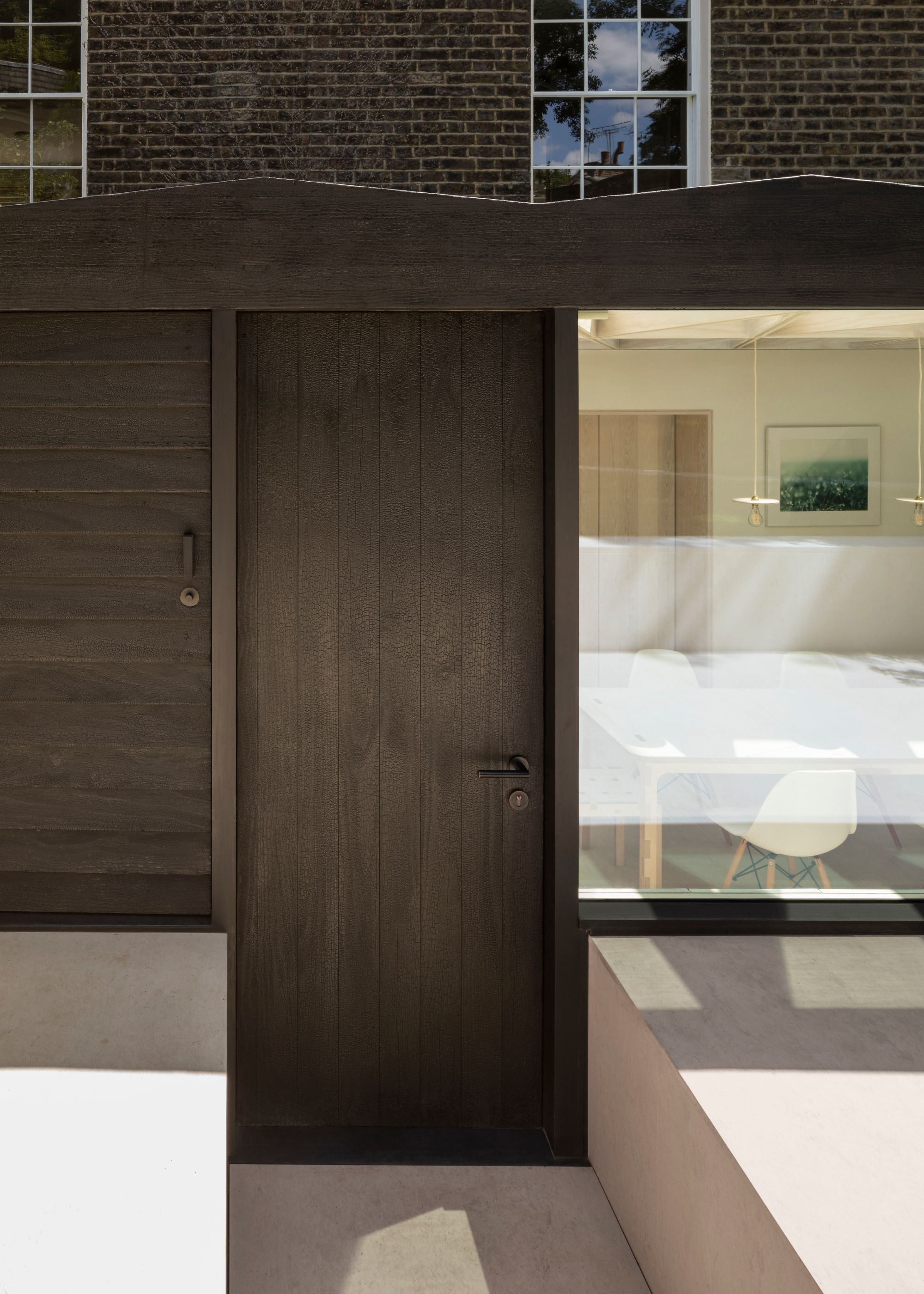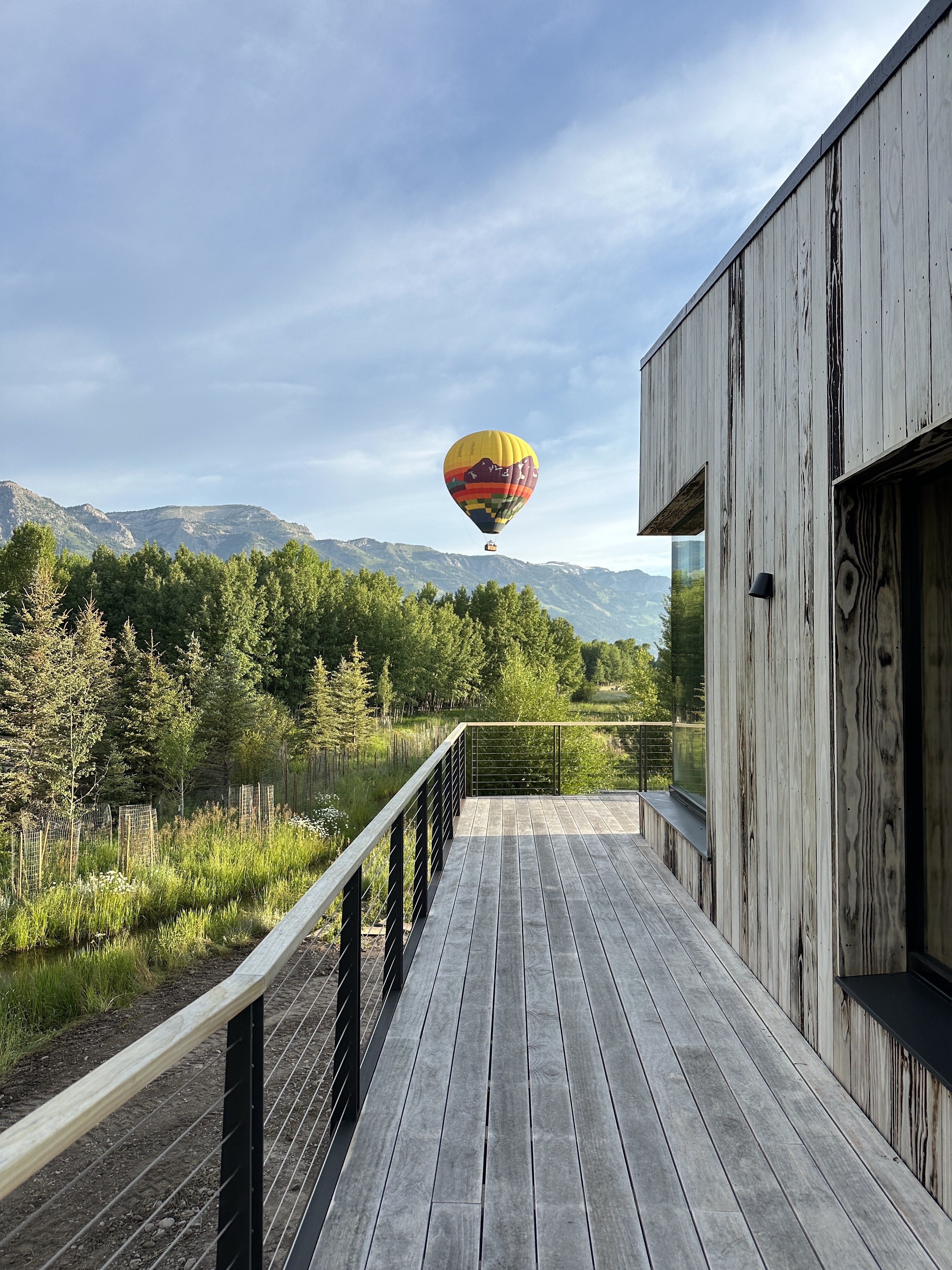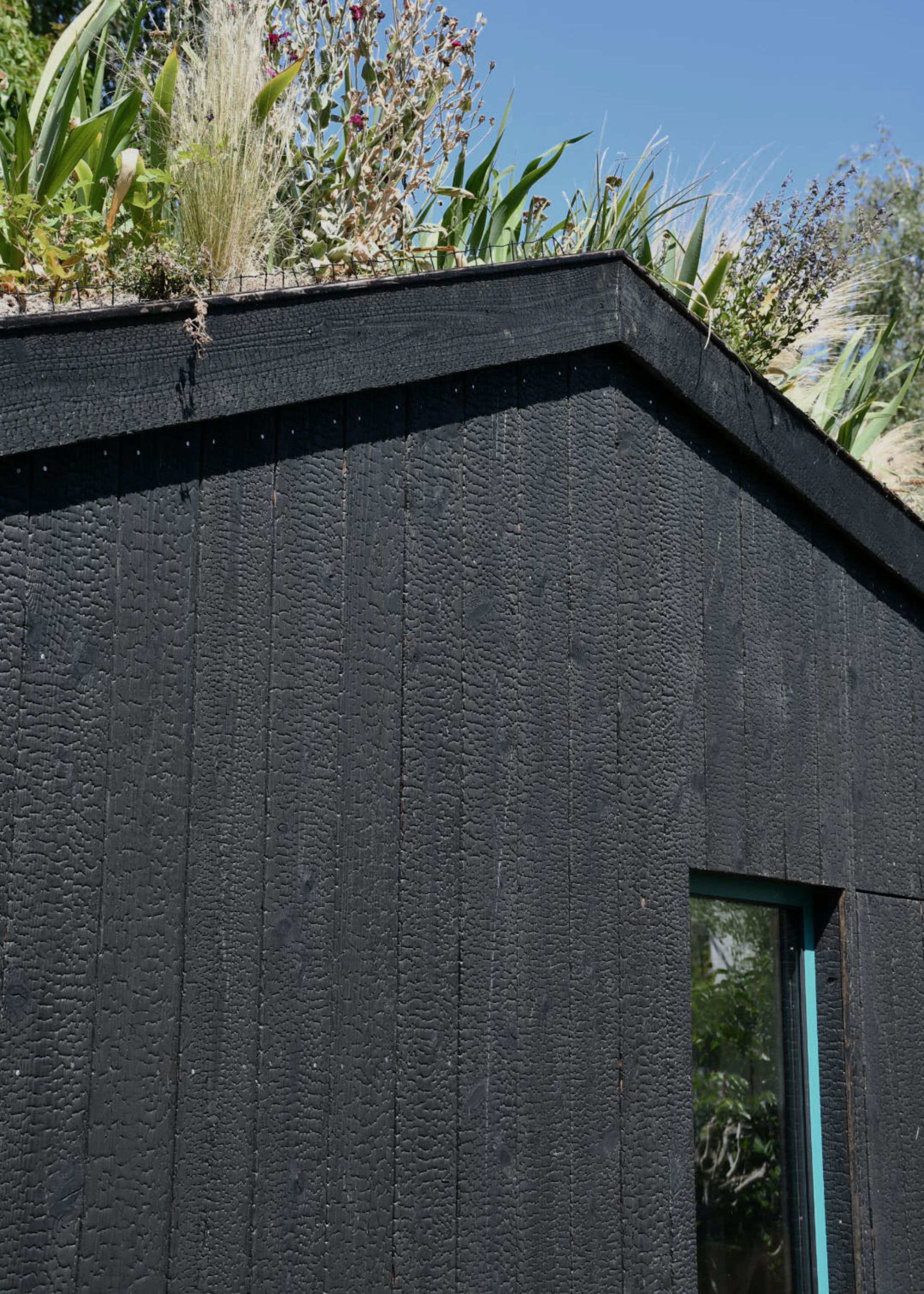
When creating a home, it's about understanding balance, materials, textures, and the foundations of a home. Shou Sugi Ban — or Yakisugi — a Japanese term that is used to describe a wood preservation technique, is seen in many homes across the globe, but what exactly does it involve, and how important is it in design?
In a world where architecture trends are constantly evolving, Shou Sugi Ban is a reminder of the finer details of a home. It's about how a technique can breathe life, color, and texture into a space while using natural materials.
To learn more about exactly what Shou Sugi Ban entails, as well as how it's used in architecture and design, I spoke to a few architects to gather all the necessary information.
Without further ado, let's dive right in.
What Is Shou Sugi Ban or Yakisugi?

If you want a more sustainable home, then this technique may just be the saving grace you're looking for. But what exactly does Shou Sugi Ban mean, and how is it done?
Taro Tsuruta, award-winning architect from Tsuruta Architects tells me, "'Shou Sugi Ban' is in fact a mistranslation that has become a brand in the West. In Japan, the correct term is Yakisugi, which literally means 'burned cedar.'"
Taro continues, "The process involves charring the surface of cedar boards. Traditionally, it was thought that carbonising the surface improved durability. Research in Japan shows that it does not increase the physical longevity of the timber itself, but it does significantly improve the aesthetic longevity."
Normally, Taro says, "untreated timber exposed outdoors discolours quickly and unevenly, which makes it look old within a short period. Yakisugi evens out the surface through charring, so the weathering is less visible. The timber, therefore, keeps a stable, dignified appearance for longer without the need for repainting or varnishing."
"We have applied Yakisugi in projects, often in combination with dark stains to achieve consistency of colour and to enhance durability," explains Taro. "In one project, we developed a method using sacrificial timber pieces to protect complex joint details from being charred, ensuring the integrity of the connections (see attached drawings). This approach allowed us to maintain the Yakisugi finish while preserving the precision of the joinery."
The process of Shou Sugi Ban or Yakisugi can take a few hours or even a full day to do, depending on the type of wood used and the desired level of charring you want for your home.
How Is Shou Sugi Ban Often Used?

In interior design, this technique is often used within most traditional Japanese-style homes, and as Taro says, "In some regions of Japan, especially coastal areas such as my mother’s hometown, Yakisugi cladding has long been common in traditional houses. In recent years, its popularity has grown internationally, but the process is labour-intensive and therefore more expensive than conventional staining or varnishing."
Kazumasa Takada and Yuriko Yagi from Pan Studio tell me, "It remains common in Western Japan, especially for exterior cladding. The traditional 'three-board triangular burn' (三角焼き) method creates a thick carbon layer and yields durability of 50–100 years."
They continue: "By contrast, industrial modern methods — like burner charring— often produce a much thinner carbon layer, which may compromise longevity. The technique, however, is less suitable in regions with heavy snowfall, as the accumulated snow can gradually wear away the charred layer over time."
How Is It Made?

But how exactly is this style of wood made? Kazumasa and Yuriko tell me that there are two primary methods:
Traditional method (三角焼き): Three cedar boards are bound into a triangular prism, ignited from within, and then cooled — resulting in a thick, robust char layer.
Industrial method: Boards are charred with a torch or burner — faster and lower-cost but typically yield a thinner, less durable charred surface.
Decorate Your Home With Wooden Textures
The perfect kitchen countertop find, this elegant Rinka Hand-Carved Wood Oval Tray from ABASK screams class and luxury. Crafted in Japan from 100% wood, this piece is idea for displaying fruit and vegetables.
Decorating with flowers can be done by using different materials and textures that will contrast the delicate bloom and this Nadur Mango Wood Vase can do just that. Made from 100% mango wood, this piece will elevate any area of the home.
This modern living room side table is bold in character and curves. Crafted from mango wood, this piece is easily portable and will look beautiful by the sofa or even in a bedroom. The choice is yours.
FAQs
How Long Does Shou Sugi Ban Wood Last?
Remember, how long it lasts, depends on the elements surrounding the material. Shou Sugi Ban or Yakisugi, can last up to 100 years if taken care of properly and maintained throughout the years.
"Prevention, experienced craftsmanship, and guidance on constructive maintenance can prolong the lifespan of burnt wood products from 80 to 100 years," according to wood and cladding company Degmeda.
Now that you've gotten to grips with Shou Sugi Ban, it's time to learn more about the latest interior design trends taking over our homes.







